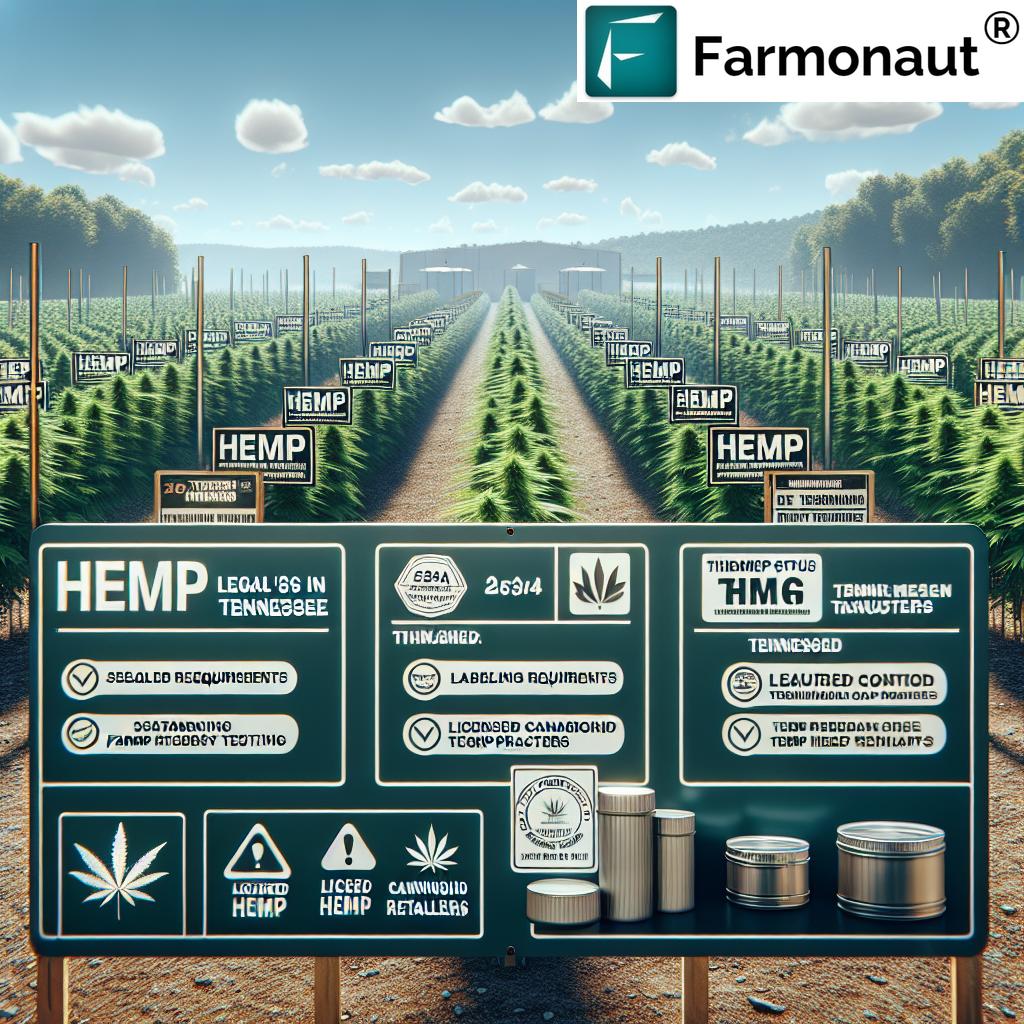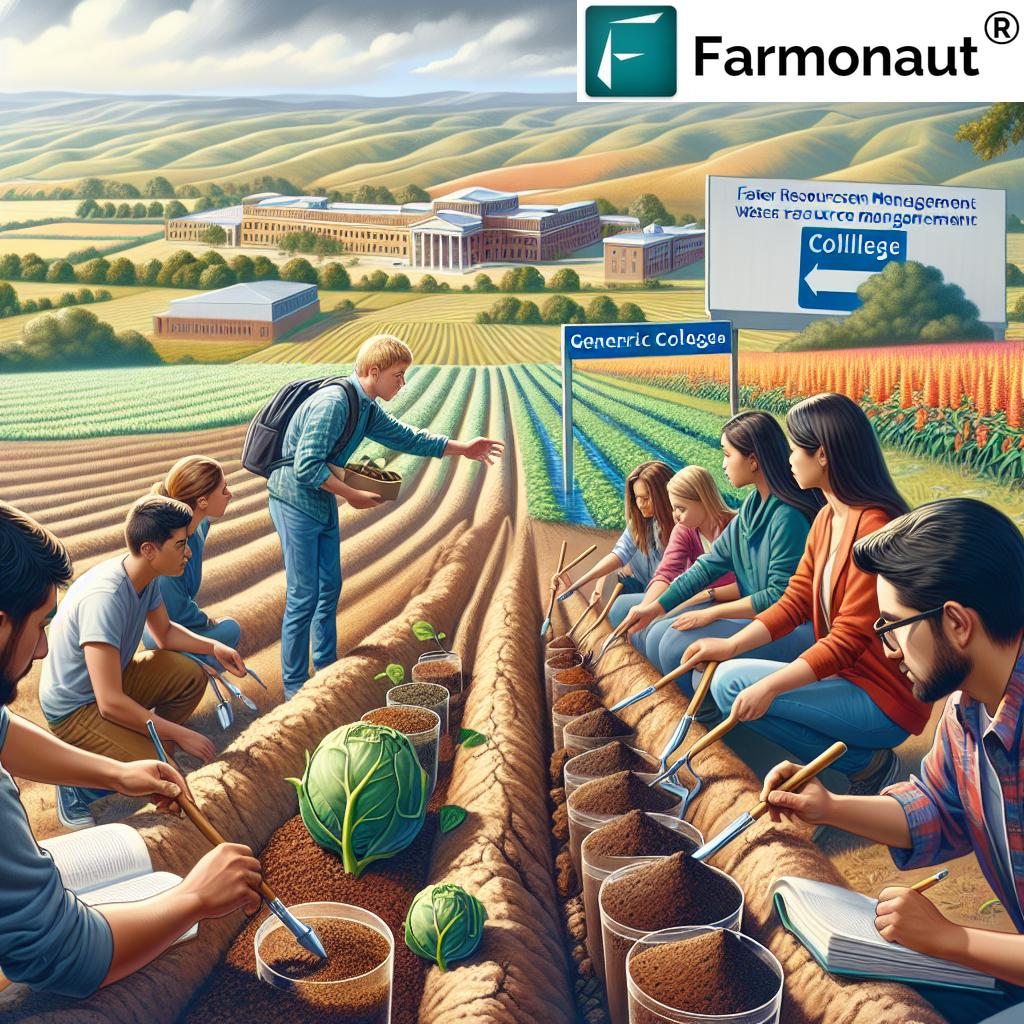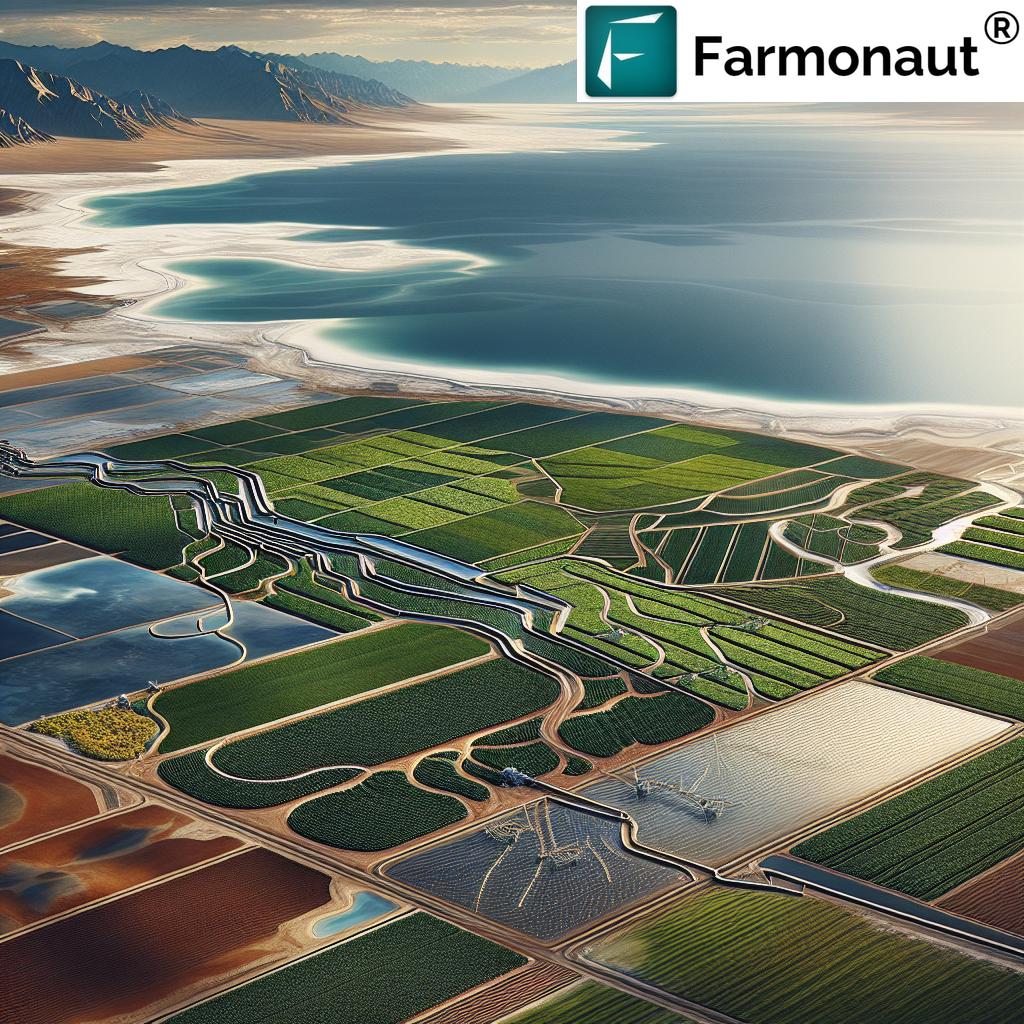Illinois Agriculture Trends: Navigating Harvest Challenges and Commodity Prices in the Midwest
“Illinois farmers navigate over 27 million acres of farmland, facing diverse challenges from commodity prices to weather patterns.”
Welcome to our comprehensive exploration of Illinois agriculture trends and the broader landscape of Midwest farming challenges. In this blog post, we’ll delve into the heart of rural agriculture, examining everything from crop harvest preparation to the latest developments in the biodiesel industry. As we navigate through the fertile fields of the Midwest, we’ll uncover how farmers are adapting to commodity price fluctuations, leveraging agricultural equipment maintenance, and embracing innovative crop research and improvement efforts.
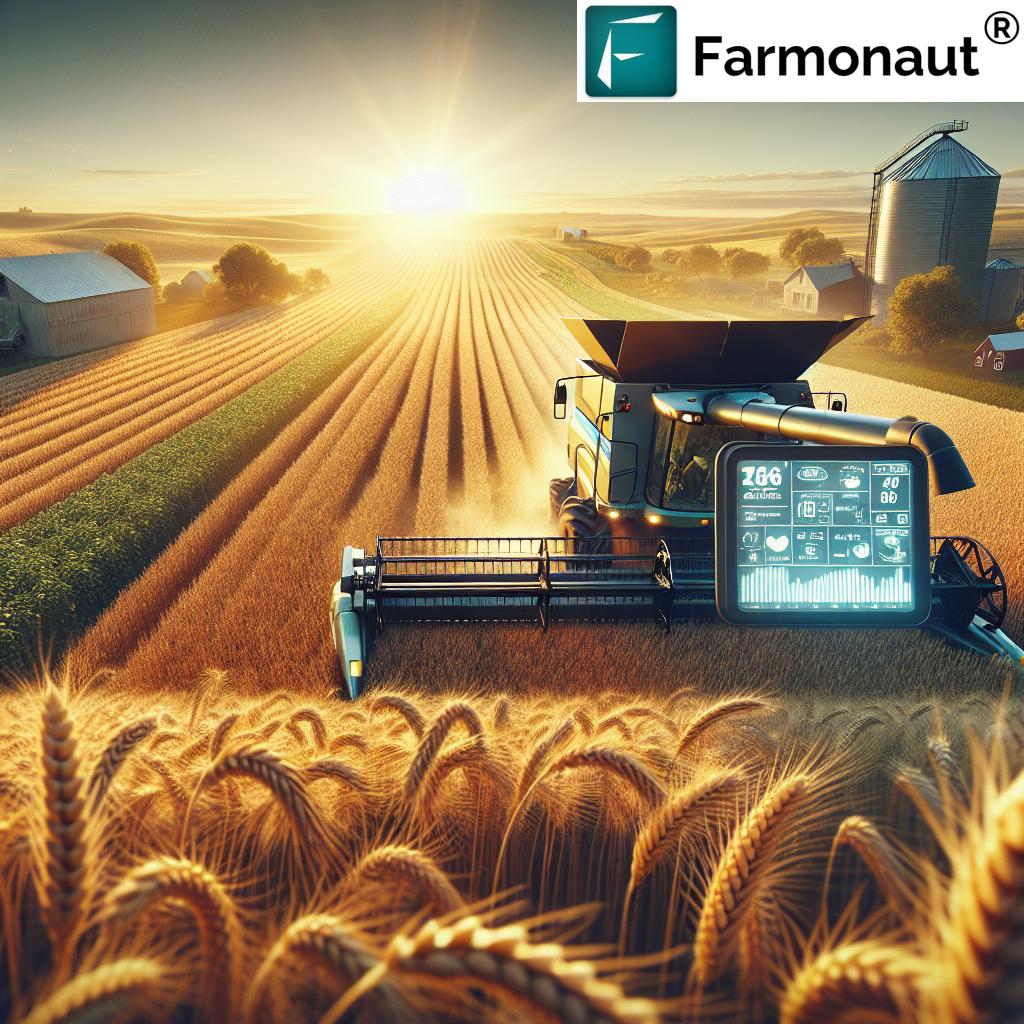
Our journey will take us through the rolling plains of Illinois, the cornfields of Indiana, and the diverse agricultural landscapes of Missouri. We’ll explore how rainfall patterns along the Mississippi and Ohio rivers impact farming practices and examine the vibrant farming communities showcased at state fair agricultural events. Whether you’re a seasoned farmer, an industry professional, or simply an enthusiast of all things agriculture, this blog post aims to provide valuable insights into the ever-evolving world of Midwest farming.
The Heartbeat of Illinois Agriculture
Illinois stands as a cornerstone of American agriculture, with its vast expanses of fertile land contributing significantly to the nation’s food production. Let’s examine some key aspects of Illinois agriculture:
- Major Crops: Corn and soybeans dominate the Illinois agricultural landscape, with wheat also playing a significant role.
- Farming Regions: From the northern prairies to the southern river valleys, Illinois boasts diverse farming regions, each with unique characteristics and challenges.
- Economic Impact: Agriculture remains a vital component of Illinois’ economy, supporting rural communities and driving innovation in the sector.
As we delve deeper into Illinois agriculture trends, it’s crucial to understand the technological advancements shaping modern farming practices. At Farmonaut, we’re at the forefront of this agricultural revolution, offering cutting-edge satellite-based farm management solutions. Our platform provides real-time crop health monitoring, AI-based advisory systems, and resource management tools, empowering farmers to make data-driven decisions.
Crop Harvest Preparation: A Crucial Phase
As autumn approaches, Illinois farmers gear up for one of the most critical periods in the agricultural calendar: harvest time. Proper crop harvest preparation can make the difference between a successful season and a challenging one. Here are some key considerations:
- Equipment Maintenance: Ensuring combines, tractors, and other machinery are in top condition is essential for a smooth harvest.
- Field Assessment: Farmers must carefully evaluate crop maturity and field conditions to determine the optimal harvest timing.
- Storage Preparation: Adequate grain storage facilities are crucial to preserve the quality of harvested crops.
Farmonaut’s satellite-based crop health monitoring can play a pivotal role in harvest preparation. By providing detailed insights into crop maturity and field conditions, our technology helps farmers make informed decisions about when and where to begin their harvest operations.
Navigating Commodity Price Fluctuations
One of the most significant challenges facing Illinois farmers and their Midwest counterparts is the ever-changing landscape of commodity prices. Factors influencing these fluctuations include:
- Global supply and demand
- Weather patterns and natural disasters
- International trade policies
- Energy costs
To navigate these uncertainties, farmers are increasingly turning to data-driven solutions. Farmonaut’s AI-powered advisory system, Jeevn AI, provides real-time market insights and personalized recommendations, helping farmers make informed decisions about when to sell their crops for optimal returns.
Explore Farmonaut’s API for advanced agricultural data analysis
Irrigation and Water Management in the Midwest
While the Midwest is known for its relatively abundant rainfall, efficient irrigation and water management remain crucial for maximizing crop yields. The Mississippi and Ohio rivers play significant roles in the region’s agriculture, influencing both water availability and farming practices.
“The Mississippi and Ohio rivers influence agriculture across 5 Midwest states, impacting crop yields and farming practices.”
Key aspects of water management in Midwest agriculture include:
- Implementing efficient irrigation systems
- Monitoring soil moisture levels
- Adopting water conservation techniques
- Managing drainage in low-lying areas
Farmonaut’s satellite-based monitoring provides valuable insights into soil moisture levels, helping farmers optimize their irrigation practices and ensure efficient water usage across their fields.
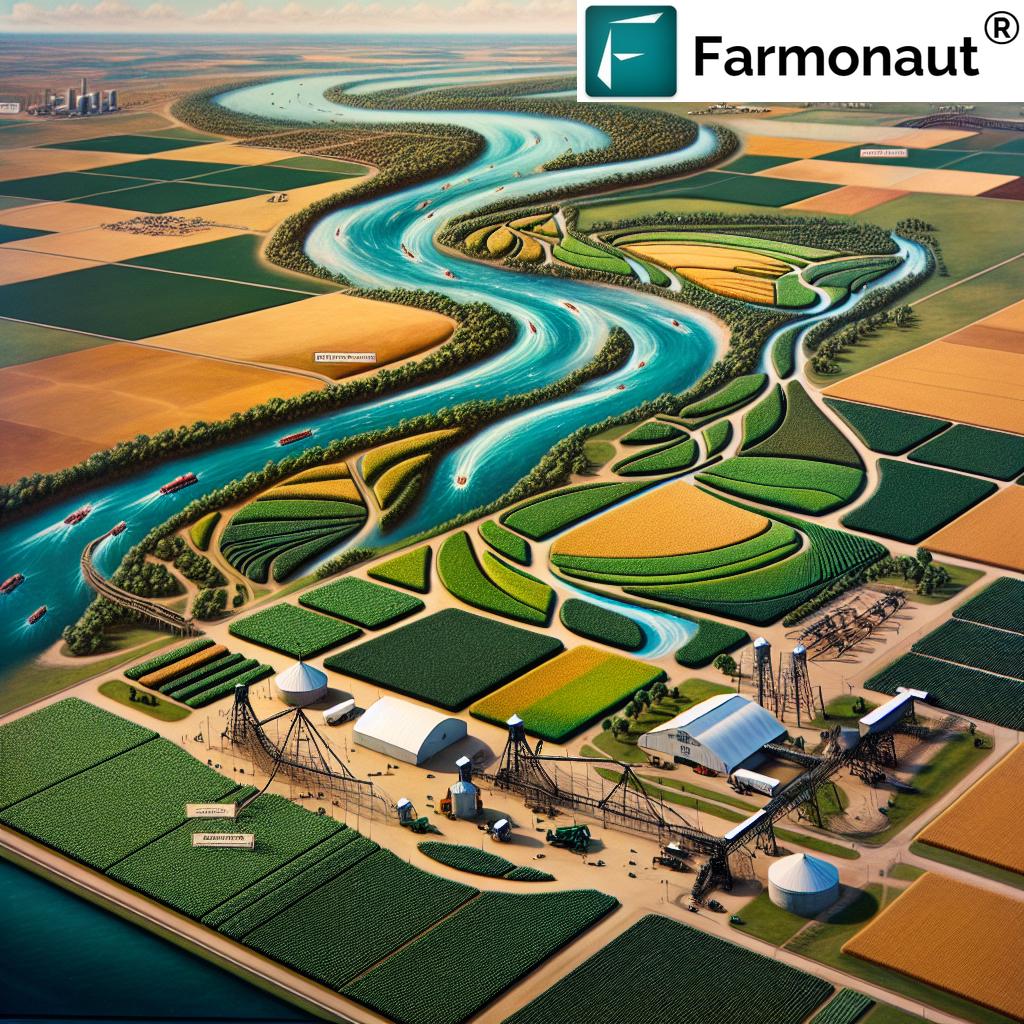
The Rise of Precision Agriculture in Illinois
Precision agriculture has revolutionized farming practices in Illinois and across the Midwest. By leveraging advanced technologies, farmers can optimize their operations, reduce waste, and increase yields. Key components of precision agriculture include:
- GPS-guided machinery
- Drone-based field mapping
- Variable rate technology for input application
- Satellite-based crop monitoring
Farmonaut is at the forefront of this precision agriculture revolution, offering affordable and accessible satellite-based farm management solutions. Our platform integrates seamlessly with existing farm equipment, providing farmers with the data they need to make precise, informed decisions about their operations.
Check out our API Developer Docs for integrating precision agriculture data into your systems
Biodiesel Industry Developments and Their Impact
The biodiesel industry has become an increasingly important part of the Midwest agricultural landscape, particularly in states like Illinois, Indiana, and Missouri. This renewable fuel source, primarily derived from soybeans, has created new opportunities and challenges for farmers:
- Market Diversification: Biodiesel production provides an additional market for soybean farmers, helping to stabilize prices.
- Sustainability: As a renewable fuel source, biodiesel contributes to reduced carbon emissions and increased energy independence.
- Economic Impact: The growth of the biodiesel industry has created jobs and stimulated economic activity in rural areas.
Farmonaut’s crop monitoring and yield estimation tools can help farmers optimize their soybean production for both food and biodiesel markets, ensuring they can capitalize on this growing industry.
State Fair Agricultural Events: Showcasing Midwest Farming
State fairs play a crucial role in celebrating and promoting agriculture across the Midwest. These events serve multiple purposes:
- Showcasing the latest agricultural technologies and innovations
- Providing educational opportunities for the public
- Fostering community among farmers and rural residents
- Promoting local agricultural products
The Illinois State Fair, held annually in Springfield, and the Du Quoin State Fair in southern Illinois are prime examples of these agricultural showcases. These events not only celebrate the state’s rich farming heritage but also provide a platform for farmers to learn about the latest trends and technologies shaping the future of agriculture.
Crop Research and Improvement Efforts
Ongoing crop research and improvement efforts are vital to the continued success of Midwest agriculture. Universities, government agencies, and private companies are all contributing to advancements in areas such as:
- Drought-resistant crop varieties
- Pest and disease management
- Soil health improvement techniques
- Sustainable farming practices
Farmonaut contributes to these efforts by providing researchers and farmers with valuable data on crop health, growth patterns, and environmental factors. Our satellite-based monitoring and AI-powered analytics help identify trends and challenges, informing future research directions and improving crop management strategies.
The Impact of Rainfall Patterns on Midwest Farming
Rainfall patterns play a crucial role in shaping agricultural practices across the Midwest, particularly in states bordering the Mississippi and Ohio rivers. Understanding and adapting to these patterns is essential for successful farming:
- Seasonal Variations: Farmers must plan their planting and harvesting schedules around expected rainfall patterns.
- Flood Management: Low-lying areas near rivers require careful water management to prevent crop losses during heavy rainfall events.
- Drought Preparedness: Despite generally abundant rainfall, periods of drought can occur, necessitating irrigation and water conservation strategies.
Farmonaut’s advanced weather forecasting and soil moisture monitoring capabilities help farmers stay ahead of changing rainfall patterns, allowing them to make timely decisions about planting, irrigation, and harvesting.
Livestock and Swine Industries in Illinois Agriculture
While crop production dominates much of Illinois agriculture, the state also boasts significant livestock and swine industries. These sectors contribute to the diversity and resilience of Illinois’ agricultural economy:
- Beef Cattle: Particularly prevalent in the western and southern parts of the state.
- Dairy Farming: Concentrated in northern Illinois, contributing to the state’s milk and cheese production.
- Swine Production: Illinois ranks fourth in the nation for pork production, with many farms in central and western regions.
Farmonaut’s satellite-based monitoring can also benefit livestock and swine farmers by providing valuable insights into pasture health and crop production for animal feed.
Rural Agriculture Careers: Opportunities in the Heartland
The agricultural sector in Illinois and the broader Midwest offers a wide range of career opportunities, from traditional farming roles to cutting-edge technology and research positions. Some key areas of growth include:
- Precision agriculture specialists
- Agricultural data analysts
- Sustainable farming consultants
- Agribusiness managers
- Agricultural technology developers
As agriculture continues to evolve, embracing new technologies and sustainable practices, the demand for skilled professionals in these areas is likely to grow. Farmonaut is proud to be part of this evolution, offering tools and technologies that create new opportunities in rural agriculture careers.
Midwest Agriculture Trends Comparison
| State | Top 3 Crops | Average Annual Rainfall (inches) | Estimated Crop Yield (bushels/acre) | Commodity Price Trend | Major Agricultural Challenges | Innovative Farming Practices |
|---|---|---|---|---|---|---|
| Illinois | Corn, Soybeans, Wheat | 38 | Corn: 180, Soybeans: 55 | Stable | Soil erosion, water management | Precision agriculture, cover crops |
| Indiana | Corn, Soybeans, Hogs | 41 | Corn: 175, Soybeans: 52 | Up | Climate variability, pest management | No-till farming, drone technology |
| Missouri | Soybeans, Corn, Cattle | 43 | Corn: 165, Soybeans: 48 | Down | Flood control, soil health | Agroforestry, rotational grazing |
Conclusion: The Future of Illinois and Midwest Agriculture
As we’ve explored throughout this blog post, Illinois agriculture and the broader Midwest farming landscape are facing both challenges and opportunities. From navigating commodity price fluctuations to embracing precision agriculture technologies, farmers in this region are continuously adapting and innovating.
The future of agriculture in Illinois and the Midwest looks promising, with ongoing research and technological advancements paving the way for more sustainable and efficient farming practices. As climate patterns change and global food demand increases, the role of this fertile region in feeding the world will only grow in importance.
At Farmonaut, we’re committed to supporting farmers through this evolution, providing cutting-edge satellite-based farm management solutions that empower data-driven decision-making. By combining traditional farming wisdom with advanced technology, we believe that Illinois and Midwest agriculture will continue to thrive for generations to come.
FAQ: Illinois Agriculture and Midwest Farming
- What are the main crops grown in Illinois?
The main crops grown in Illinois are corn and soybeans, followed by wheat. - How does precision agriculture benefit Midwest farmers?
Precision agriculture helps farmers optimize resource use, increase yields, and reduce environmental impact through data-driven decision-making. - What role does the biodiesel industry play in Midwest agriculture?
The biodiesel industry provides an additional market for soybean farmers and contributes to sustainability efforts in the agricultural sector. - How do rainfall patterns affect farming in the Mississippi and Ohio river regions?
Rainfall patterns influence planting and harvesting schedules, require careful water management, and can impact crop yields in these regions. - What are some emerging career opportunities in Midwest agriculture?
Emerging careers include precision agriculture specialists, agricultural data analysts, sustainable farming consultants, and agricultural technology developers.





